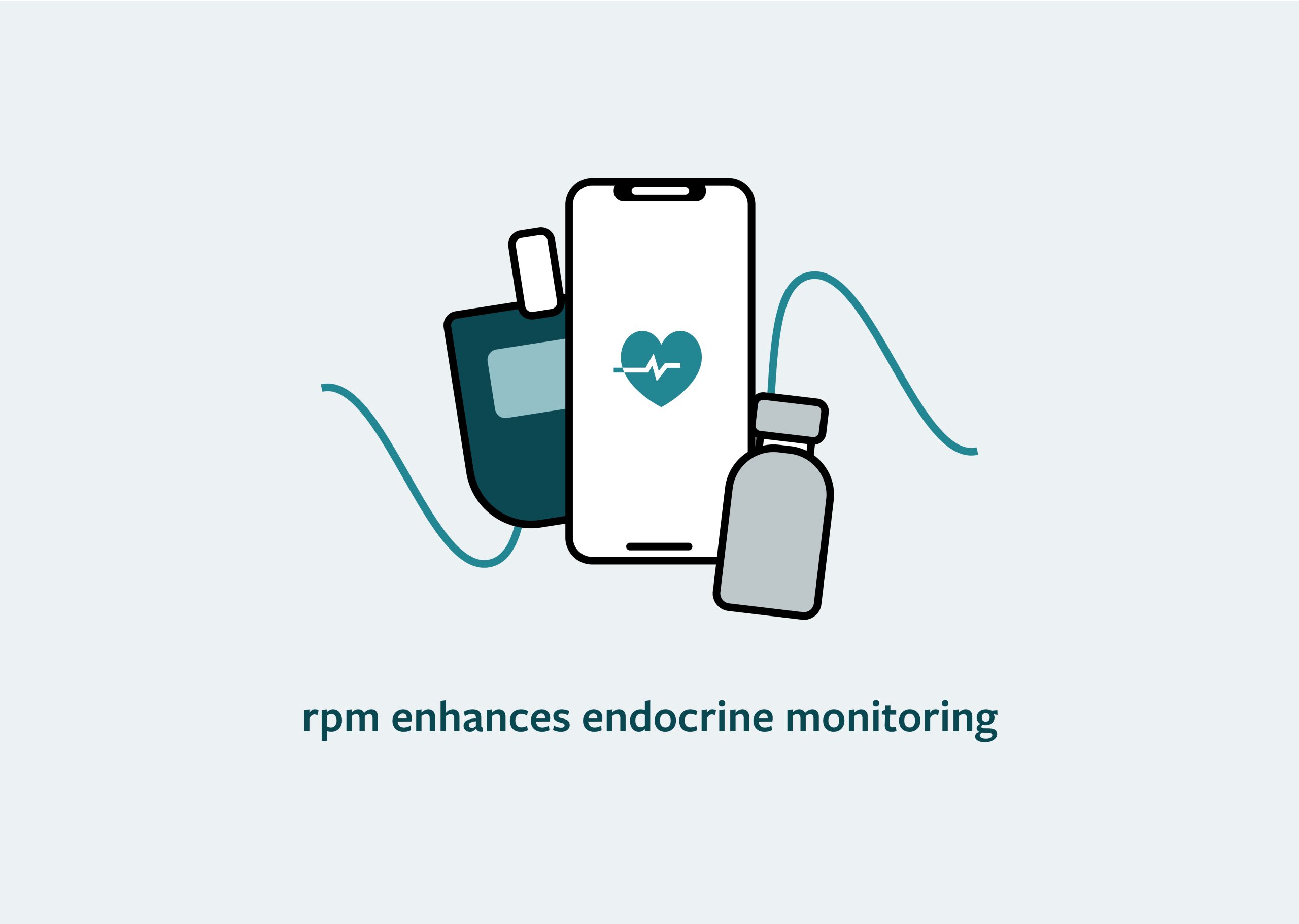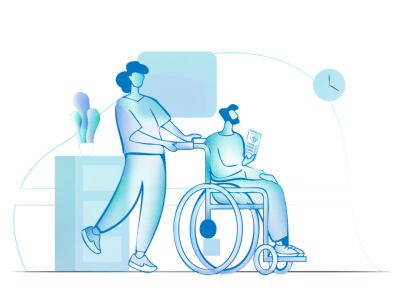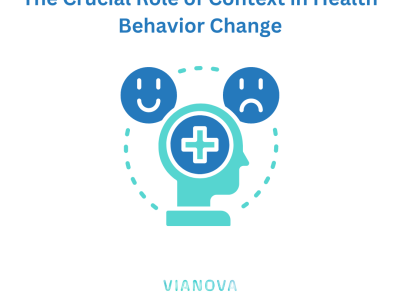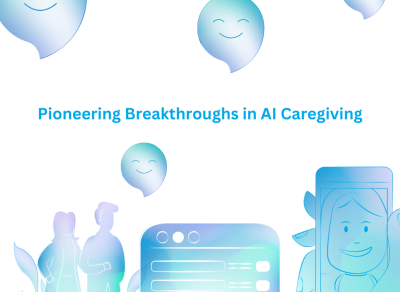
How RPM Enhances Endocrine Monitoring and Diabetes Management
In the world of healthcare, innovation is the driving force behind better patient care. The evolution of technology has paved the way for innovative solutions, and in this blog, we’ll delve into the specifics of how Vianova’s Remote Patient Monitoring (RPM) solution enhances endocrine monitoring and diabetes management. We aim to provide readers with a comprehensive understanding of the technology, its role in early detection and prevention of endocrine disorders, with a particular focus on diabetes. Additionally, we’ll compare RPM with traditional monitoring methods, highlighting the advantages of RPM in improving diabetes care.
Detailed explanation of how Vianova’s RPM solution facilitates continuous glucose monitoring and insulin management
Vianova’s RPM solution is a game-changer in endocrine monitoring and diabetes management. At its core, it provides continuous glucose monitoring (CGM) for patients living with diabetes. CGM devices are designed to seamlessly integrate into the patient’s daily life, offering a non-invasive and real-time solution for tracking blood glucose levels.
The CGM device continuously measures blood glucose levels and transmits this data to the patient’s healthcare provider in real-time. This feature enables healthcare providers to gain insights into the patient’s glycemic control, providing a comprehensive view of their glucose levels throughout the day and night.
But Vianova goes beyond simply providing data; it offers solutions for insulin management as well. Patients receive personalized care plans and medication reminders to ensure they adhere to their prescribed treatment regimens. The platform empowers patients to take an active role in managing their diabetes, making it a collaborative effort between patients and healthcare providers.
The role of RPM in early detection and prevention of endocrine disorders, with a focus on diabetes
Early detection and prevention are pivotal in endocrine care, particularly for conditions like diabetes. Vianova’s RPM solution plays a critical role in this aspect. It offers continuous glucose monitoring that can detect trends or irregularities in blood glucose levels in real-time.
For individuals with diabetes, RPM is a powerful tool. It can automatically alert healthcare providers to potential issues and trends, even before patients recognize symptoms. This early intervention can prevent severe complications, making a significant difference in the quality of life for patients.
Comparisons with traditional monitoring methods, showcasing the advantages of RPM in improving diabetes care
To truly understand the impact of RPM in diabetes care, it’s essential to compare it with traditional monitoring methods. Traditional methods often rely on periodic glucose measurements, which might miss critical data in between appointments.
In contrast, RPM provides continuous and real-time data, bridging the gaps between visits. It ensures that emerging issues are promptly identified and addressed. This not only leads to improved patient outcomes but also enhances the overall patient experience.
Moreover, RPM reduces the burden on patients, who would otherwise need to make frequent trips to healthcare facilities for monitoring and treatment adjustments. The remote and non-invasive nature of RPM fosters patient comfort and convenience, which is vital for individuals managing chronic conditions like diabetes.
Vianova’s RPM solution is redefining how we monitor and manage endocrine disorders, particularly in the context of diabetes. It’s not just a technological advancement; it’s a commitment to better patient outcomes and a brighter, healthier future for those living with endocrine disorders. As we continue our journey in this blog series, we’ll explore how RPM is transforming endocrinology care and why it’s paving the way for a more patient-centric, efficient, and effective approach to healthcare. Stay tuned for more insights into the world of remote patient monitoring in endocrinology.



FEEL FREE TO DROP US A LINE.